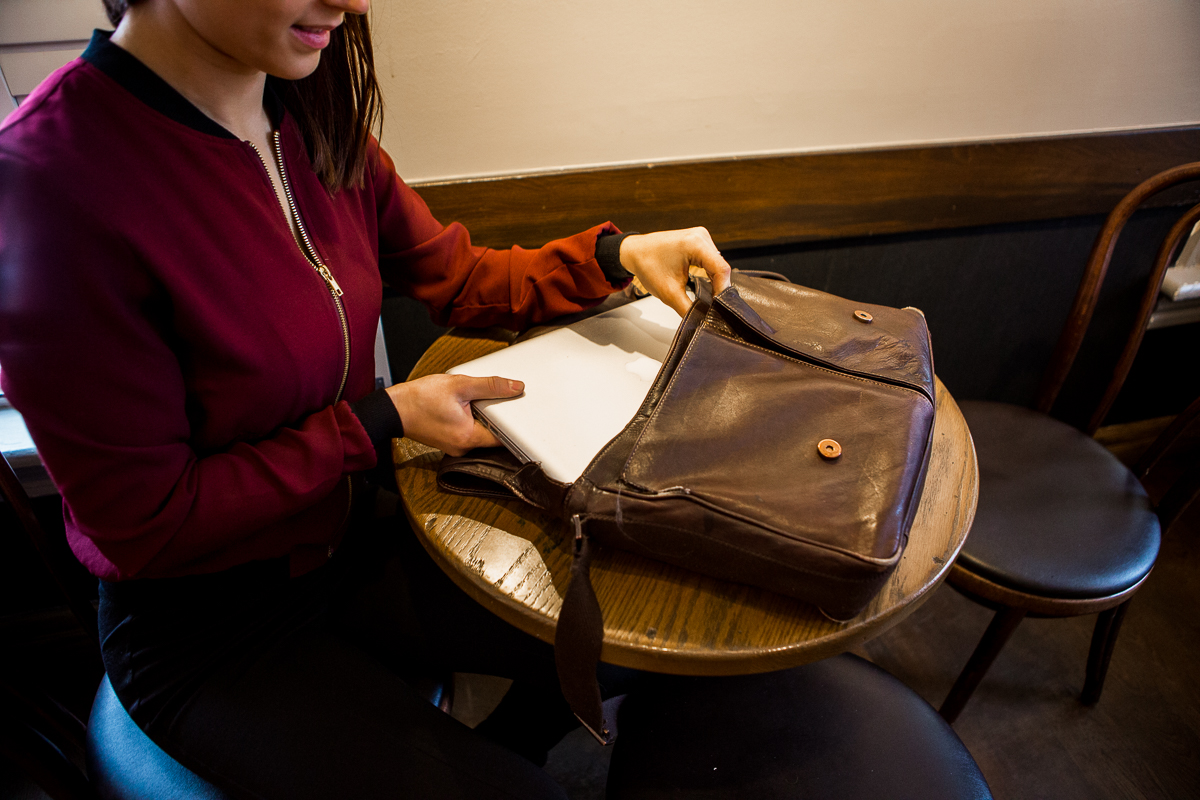What Is Frozen Shoulder?
If you’ve experienced a serious injury to the shoulder, like a rotator cuff tear, you may have been warned about developing adhesive capsulitis, otherwise known as “frozen shoulder”.
This condition gets the name “frozen shoulder” due to the stiffness and pain it causes.
What Is Frozen Shoulder?
Frozen shoulder is significant shoulder mobility restriction and pain that develops slowly, and can sometimes last for 1-2 years. It typically develops during long periods of rest (e.g. post-fracture and post-surgery).The shoulder joint has connective tissue surrounding it. This tissue typically serves to stabilize the ball-and-socket joint of the shoulder, and acts as a support structure. With this condition the connective tissue becomes immobilized and inflamed.

Who Gets Frozen Shoulder?
Frozen shoulder affects up to 3% of the US population. Of all the shoulder conditions that cause immobility and pain after the age of 40, adhesive capsulitis is the leader. The major risk factors for developing it include:
What Causes Frozen Shoulder?
There are two primary causes for frozen shoulder, but the mechanism of development is largely unknown. Primary adhesive capsulitis is idiopathic – pain and immobility gradually develop without any specific cause.Secondary adhesive capsulitis is associated with systemic issues of the body such as diabetes mellitus, hormone issues, rotator cuff injuries, shoulder injuries, calcific tendinitis, cervical spondylosis, and strokes to name a few.
What Are The Symptoms?
The main symptoms of adhesive capsulitis involve movement restriction and pain. There are three stages involving these symptoms:How Do You Prevent and Manage It?
Most cases of adhesive capsulitis develop during long periods of immobility such as healing from a shoulder break, stroke, or a post-surgical rotator cuff tear. For some it will develop without any associated cause. Regardless of cause, once safe, movement will be key.Maintaining health movement, strength, stability, and facilitating appropriate muscle recovery of the neck-back-shoulder complex is key.
The physical therapy interventions that are most favorable focus on manual therapy, progressive stretching, and myofascial techniques to maintain optimal shoulder movement and strength. This is most important in frozen and thawing stage.
Frozen shoulder is a long road for many, but the right treatment can get you back to moving at your best.







